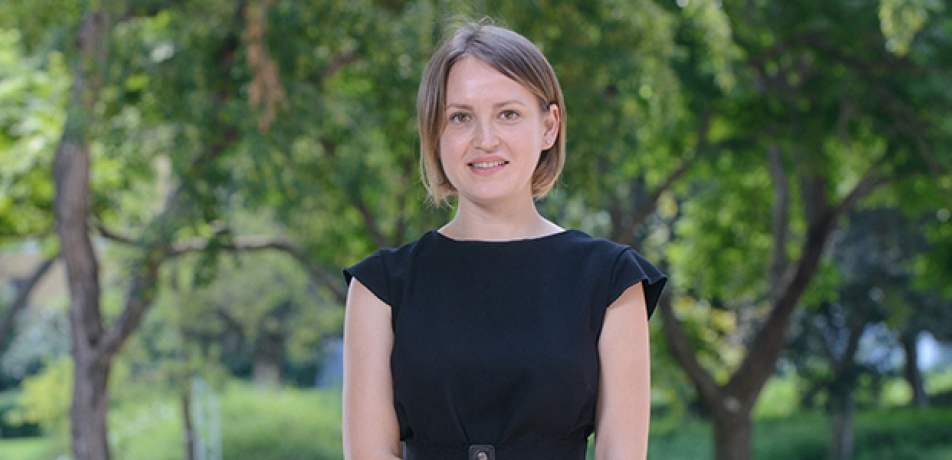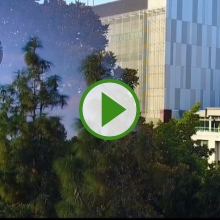Can nature heal nature?
Dr. Shimanovich is using silk worms and spiders to fix brain cells
New scientists

Anyone who thinks that worms and spiders are simply nuisances can think again. And not just because they keep insects at bay. Now, they may help fix cells ravaged by Parkinson’s and Alzheimer’s diseases.
Dr. Ulyana Shimanovich, a new scientist at the Weizmann Institute in the Department of Materials and Interfaces, is fascinated by the ultra-fine fibers formed by proteins, ranging from the tough, elastic fibrils spun by silkworms to the sticky plaques made up by amyloid protein fibers that affect the brains of those with advanced Alzheimer's and Parkinson’s diseases. In fact, her research may lead to a way to use the former to fix the latter.
Traditionally, amyloids have been thought of as purely “bad” because they form toxic plaques or bundles in the brain. However, Dr. Shimanovich's research on the biophysical and biochemical properties of amyloids has shown that they might have positive properties. She wants to figure out the mechanisms for creating useful protein fibrils and for breaking down harmful ones, and how to correlate the structure and functionality of various nano-scale protein fibrils like amyloids, and control their formation.
Doing so, she believes, will be a major step towards designing new nano-scale therapeutic agents such as micro-reactors to encapsulate time-release medications, or nanofibrils with antibacterial properties to resist infection.
Using nature to heal nature
Her approach is all about learning the natural, “positive” properties of proteins in nature to fix nature’s deficiencies. Her source is the protein-silk pulled directly out of the silk glands of live silkworms and spiders. She uses these fibers to control the self-assembly processes of the pathological (diseased) amyloid proteins by converting them into functional biomaterials. In this way, the silk is used to heal the cell instead of using chemical compounds that may cause deleterious effects on surrounding cells—thereby addressing one of the key challenges in drug therapy.
“The silk is a natural resource that, essentially, gives new life to a damaged cell,” she says. Her research has implications for diagnostics, the design of new compounds for targeted therapeutic approaches, and materials science more broadly.
Dr. Shimanovich is part of the Weizmann Institute’s efforts to expand its research in nanobiology and materials science. This includes the new André Deloro Building, which will house research enterprises in advanced and intelligent materials under the umbrella of a new interdisciplinary center, which will leverage the Institute’s strength in this burgeoning and important area. And the implications are vast—including fluorescent biological labels, drug and gene delivery, detection of proteins and pathogens, probing DNA structure, tumor destruction, and tissue engineering.
Uber-scientist from Uzbekistan
Born in Tashkent, Uzbekistan, Dr. Shimanovich moved to Israel at the age of 20. She completed a BSc in pharmaceutical chemistry at Bar-Ilan University, and her MSc and PhD in Chemistry there as well. She performed postdoctoral research at the University of Cambridge and joined the Institute earlier this year. Among her many awards and honors is a Fulbright Ilan-Ramon Post-Doctoral Fellowship from the United States-Israel Educational Foundation and a Fulbright Fellowship, which she declined in order to accept her Cambridge fellowship.
Dr. Ulyana Shimanovich is funded by The Benoziyo Fund for the Advancement of Science, Peter and Patricia Gruber Awards, Georges Lustgarten.







